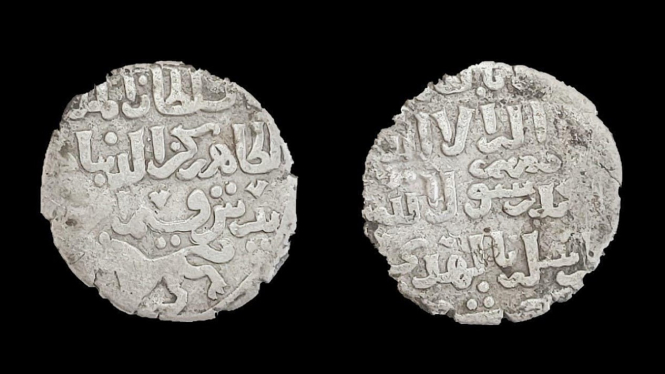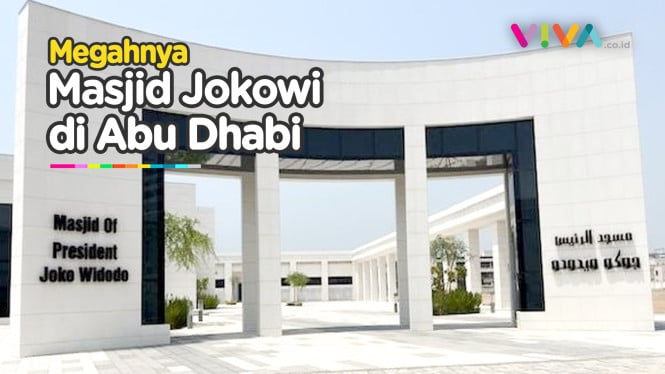Archaeologists Find Gold and Silver Coins from Islamic History
- Facebook Ministry of Tourism and Antiquities Mesir
VIVA – Archaeologists in Egypt have discovered a nearly 1,000-year-old hoard of gold and silver coins behind a temple in Esna, a city located along the Nile. The coins were known from Islamic history.
"The Egyptian archaeological mission of the Supreme Council of Archeology in Esna has succeeded in uncovering a hidden treasure containing some coins from various decades of Islamic history," they said in a statement.
The hoard of coins found by a research team from the Supreme Council of Egyptian Archeology includes coins minted in various parts of the Islamic era, which began in AD 610 or when the Prophet Muhammad received his first revelation and lasted until about the 13th century.
Penemuan koin era Islam
- Facebook Ministry of Tourism and Antiquities Mesir
Important coins found during excavations include 286 royal and royal silver coins from that era, as well as various gold coins such as coins from Armenia, minted during the reign of King Leo II in the 13th century, and bronze and brass coins from the Ottoman Empire.
Not only that, but Dirham was also found. The dirham is a silver coin used in several Arab countries, including the United Arab Emirates when it was minted by various kings and sultans.
As quoted from the Live Science website on Monday, September 19, 2022, the researchers found the molds and weights used during the printing process.
Penemuan koin era Islam
- Facebook Ministry of Tourism and Antiquities Mesir
Archaeologists are not sure why piles of coins were left at the temple site. There will likely be further analysis that will provide clues about the coin's history.
Another recent discovery around the Nile is the existence of a former branch of the Nile that helped build the pyramids of Giza about 4,500 years ago.
The nut from the Nile was used to help workers deliver materials to construction sites, according to a new study. This discovery builds on previous archaeological and historical findings that the Nile had an extra branch running around the pyramids.































